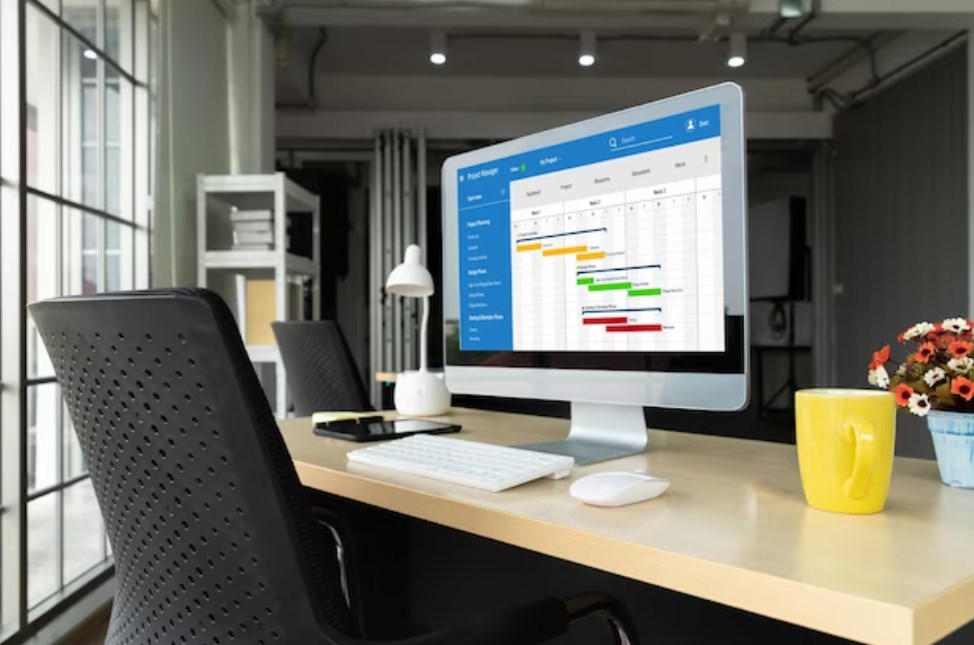In web design, tables play a pivotal role in structuring information in a clear, tabular format. Aligning them centrally within a webpage enhances readability and aesthetic appeal.
This comprehensive delves into the nuances of using CSS to center HTML tables, offering detailed instructions, examples, and key considerations for an optimal layout.
Tables as a Key Aspect of HTML Websites
Tables are fundamental in HTML for presenting data in an organized, row-and-column format. When designing a website, it’s often necessary to position them centrally to achieve a balanced and professional look.
This tutorial provides a step-by-step guide on centering can help you gain an essential skill for web designers. Before proceeding, ensure familiarity with basic HTML table creation, which you can learn from our dedicated tutorial.
How to Center Using CSS
CSS is the preferred tool for the task, offering enhanced control over the table’s appearance and position. The primary method involves the CSS margin property. By setting the margin to ‘auto’, the table aligns itself centrally within its container.
HTML Code
Here is an example of HTML code for a simple table. You can embed this code within the <body> tags of your HTML document:
<!-- HTML Code for Table -->
<table>
<tr>
<th>First Name</th>
<th>Last Name</th>
<th>Age</th>
</tr>
<tr>
<td>John</td>
<td>Doe</td>
<td>30</td>
</tr>
<!-- Additional rows here -->
</table>This code utilizes <table>, <tr>, <th>, and <td> tags to construct a table with headers and cells.
CSS Code for Centering and Styling
Use the following CSS:
table {
margin: auto;
}Alternatively, you can specify margin-left and margin-right properties individually:
table {
margin-left: auto;
margin-right: auto;
}To enhance the table’s appearance, apply CSS styling like borders and padding:
table, tr, th, td {
border: 1px solid #333;
border-collapse: collapse;
padding: 8px;
}Key Considerations:
- Ensure the width is less than 100% of its container to enable effective centering;
- The container, typically the <body> element, must be wider than the table;
- Understanding the CSS box model is crucial to grasp how margins affect the positioning.
Cell Styling Tips:
- Use CSS to customize cell padding, border styles, and text alignment for better readability;
- Experiment with different CSS properties to achieve the desired table layout and design.
Adjusting for Exceeding Grid Dimensions
When your data grid fails to align centrally, it’s important to check if its dimensions are appropriate. A grid that’s too wide can hinder proper centering. Modify the grid’s width to make sure it comfortably fits within its container. This adjustment is crucial for ensuring that the grid is positioned effectively in the center.
- Resolving CSS Conflicts: Your alignment efforts can be thwarted by conflicting CSS directives. It’s vital to scrutinize your stylesheet for any rules that might clash with your grid’s positioning. Look specifically for CSS properties associated with layout, such as margin, padding, or width. These could be the culprits behind your layout issues. Addressing these conflicts is key to achieving the desired central alignment of your grid;
- Ensuring Cross-Browser Consistency: Different web browsers may interpret CSS differently, potentially causing variations in how your grid is displayed. To provide a consistent user experience, it’s imperative to test your website across a variety of browsers, including popular ones like Chrome, Firefox, Safari, and Edge. Also, consider the impact of older browser versions, which may not fully support newer CSS features. Comprehensive cross-browser testing allows you to spot and rectify any alignment inconsistencies, ensuring that your grid maintains its intended position on all platforms.
By tackling these prevalent alignment challenges, you enhance both the usability and visual appeal of your website. This approach ensures that your data is displayed in a manner that is both clear and aesthetically pleasing, contributing to a better overall user experience.
Advanced Table Centering Techniques
Explore advanced methods like using CSS Grid or Flexbox for more dynamic table layouts. These techniques offer greater flexibility and responsiveness, especially for complex web designs.
To further enhance your web design skills, consider exploring our article on Flex CSS, which dives into the intricacies of creating responsive layouts.
Conclusion
Centering an HTML table using CSS is a fundamental skill in web design, crucial for creating visually appealing and well-structured websites. This guide covered everything from basic creation to advanced CSS techniques for perfect alignment.
By mastering these skills, you can ensure your tables are not only functional but also aesthetically pleasing, enhancing the overall user experience of your website.



